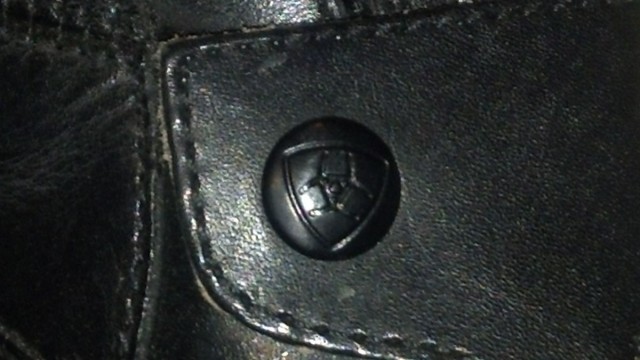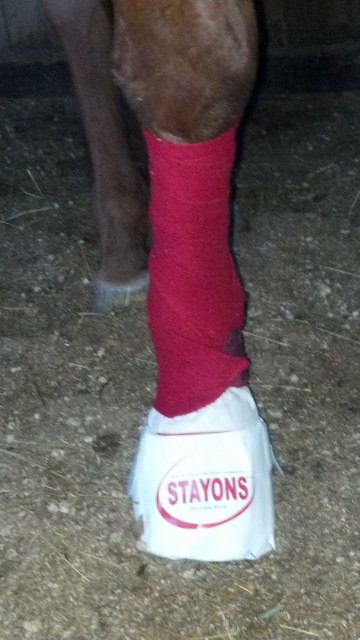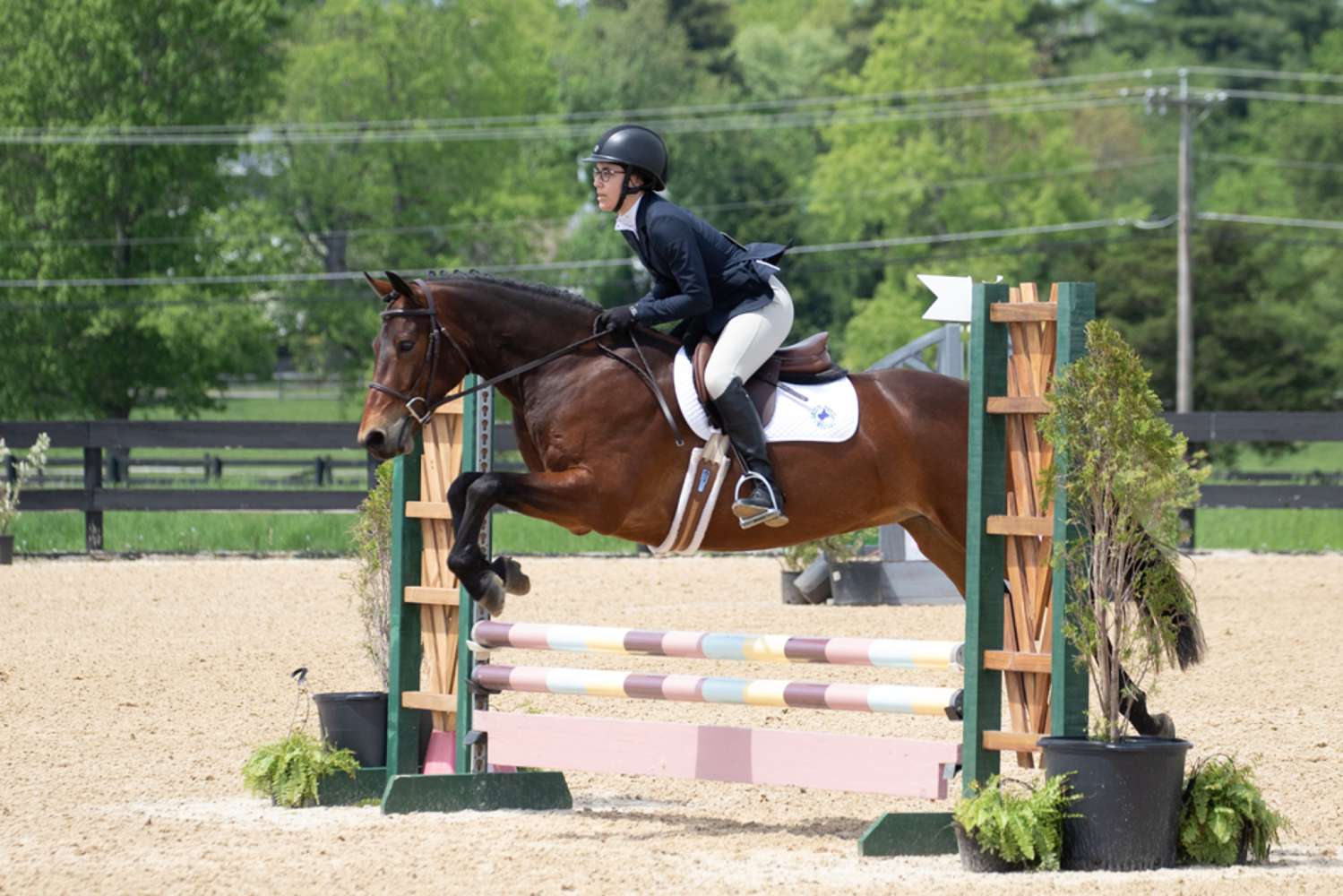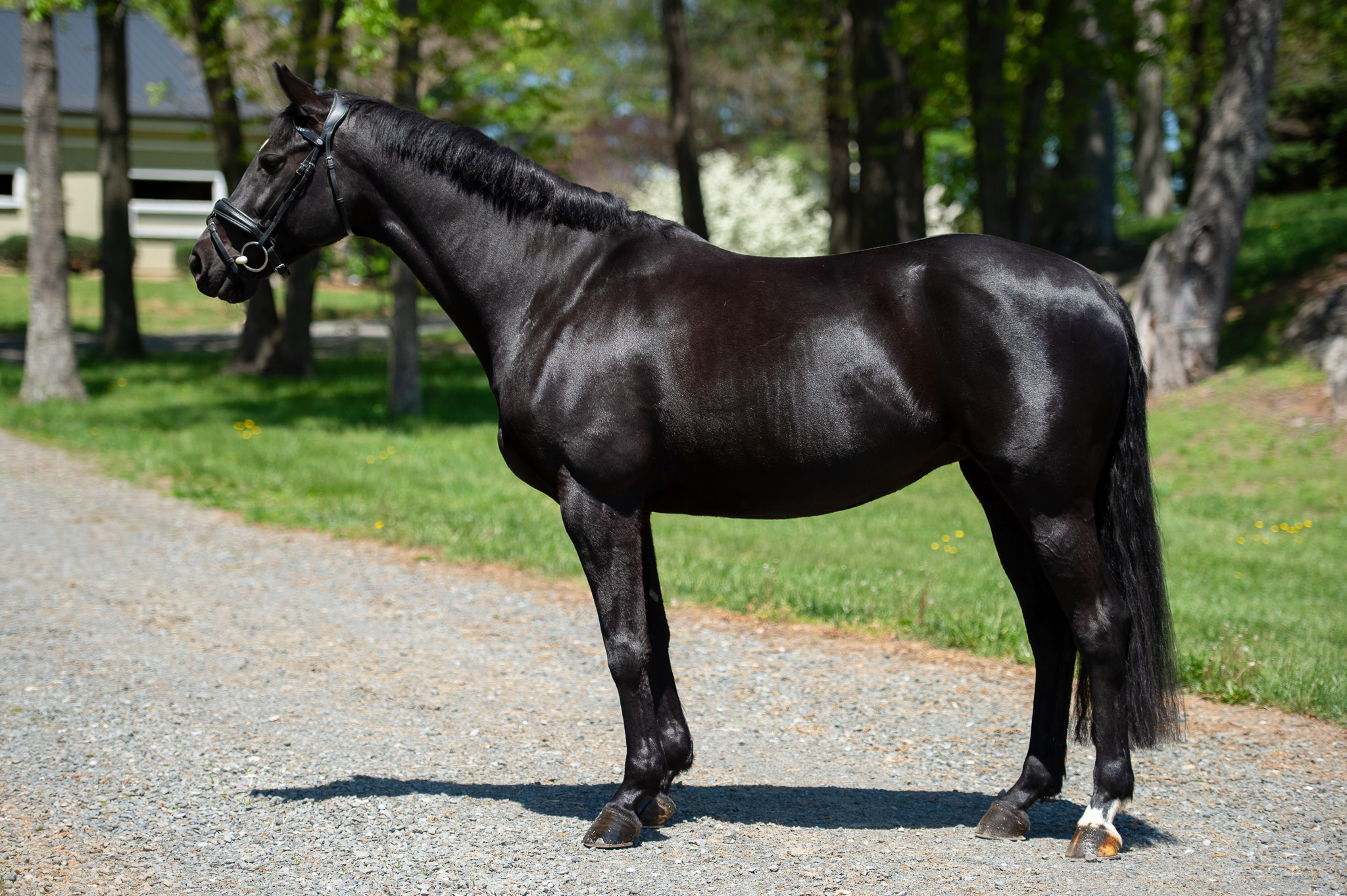Welcome to EN’s Product Review series! Who doesn’t love shopping … especially when the object of your search is new gear for yourself or your horse? While browsing for gear is fun, sometimes it’s just overwhelming to search through all of the products that are available for you and your horse. Companies featured in my posts have very generously provided me with their products, so that I may try them out and share my own experiences with all of you! Of course, every horse and rider is a unique individual, so each product may perform differently for you and your horse then it does for me—after all, different things work for different people (and horses!), and that is all part of the variety of life! This column is meant only for me to recount my personal journey, and share my own and my horse’s experiences with all of the exciting products featured. While I make no recommendations, I hope that you have fun and find entertainment while reading about my many adventures of trying new products, and that hearing about my personal experiences might help give you factors to consider when you are on your own quest for new gear!
Everyone can certainly use a little extra grip in the saddle…right? Sometimes, I just feel like I have trouble keeping my leg positioned correctly. That can be pretty frustrating. Especially when I’m schooling over jumps and my legs just need a bit more grab on the saddle. In the past, I’ve even tried using a product that provides better traction and grip when applied directly to my saddle. While that type of product did function as promised, by giving me that extra stability I so desired, it also required that I clean my saddle after every use. I’ll admit, I am a busy person who doesn’t necessarily have the time to clean my tack after every ride; so in my case, a treatment applied to my saddle wasn’t necessarily the ideal solution to get that extra grip. Little did I know, there was a different way to achieve better traction in the saddle.
Just recently, I had the opportunity to try out a pair of Volant tall boots made by Ariat. Now, I’ve seen the Volants around for a while now, and have personally always been a fan of their unique appearance. What can I say, I always like to be able to incorporate a little bit of individuality into my riding ensemble. So when I first pulled the Volants out of their box, one of the first things that I noticed was the sturdy and durable feel of the boots (that is, after I stopped breathing in the leather smell…I don’t know why, but I just love the smell of leather; maybe it just reminds me of hanging out in a tack room). The foot of the boot has an athletic type appearance to it, which is certainly something that I have not seen before in a tall boot. Another feature that jumped out at me was the side and the front venting on the boots – the side venting actually helps craft the unique appearance put forward by the boot. I also did notice that the leather of the inner side of the boot has a matte appearance to it, and felt as though it would provide a little extra traction against the saddle for my legs. So it seems that in addition to their unique and interesting appearance, the Volants also offer a number of features that benefit the rider.

The matte looking (or super-grippy as I like to call it) leather on the inner side of the Volant boots
I found that the Volant tall boots felt good when I pulled them on and zipped them up. I have to admit, that I was pleasantly surprised at how secure my foot felt in the boot when I started to walk around. I also noticed that the way in which the stitching comes away from the venting on the front of the boot feels like it helps to provide out-of-the-box flexibility in the ankle. This is a cause of celebration for me. I remember the time that I bought my very own pair of tall boots at my local tack store. At that time, the recommendation was made to me to wear my new boots for six hours on the ground before wearing them to ride in–which definitely was warranted. While the Volant boots do require some time before they feel like they really start to mold to my legs, in my opinion (what tall boots don’t?), I don’t feel as though they require any ‘on the ground’ break in time. I feel like I can just pull them on, and hop in the saddle for a ride. The main area that requires some breaking in is behind the knee, which is just something that needs some time in the saddle.
When I went to the barn for the first time in the Volant boots, I couldn’t help but notice how comfortable they were when I was walking around before my ride. There’s a lot to do before I can just hop on one of my horses and go–going to get one, cIeaning them up, and then tacking them up. And then I definitely have to go grab some hay to throw for everyone who is not working, to keep them happy. I usually find that it comes to a point when my feet just get tired from walking around in boots, because they are designed for riding (and not hoofing it around on the ground for extended distances). I think the athletic inspired design of the foot lends itself to being able to keep up with all of the walking that I do in my boots.
As great as it felt to be able to walk around comfortably in a pair of tall boots, I was even more excited to experience the functionality of the Volants in the saddle. Right away, I noticed how the boots helped my legs to grip the saddle. And I mean really grip the saddle. The matte-looking leather on the inside of the legs helps to provide traction against the saddle. I love the feeling that my boots are grabbing onto the saddle–which is especially great for helping me feel like I have more stability when riding, even when I’m up in my two point position. And even when my horse Ripley decided to spook, bolt, and hop off the ground a few times, I sat deep and felt like my legs just stuck to the saddle. Now that’s what I call super “stick-a-bility”!
I was also interested to see how the venting in the boots impacted how my legs actually felt while riding. The venting not only curves down the side in a stylish looking design, but it also is integrated into the boot as little pockets down the front of the ankle, and very top of the foot as well. Since tall boots are typically fitted snugly, I’ve never really considered that there would be a way for my legs to get any kind of air flow going to them. But the venting in the Volant boots actually allow my legs to be able to BREATHE…imagine that! Air flow? In a tall boot? I definitely like that. When I pulled the boots off post-ride, there was a pronounced difference when I felt my breeches, due to the vents; on the inside (under the un-vented side of the boots) of my legs , the fabric of the breeches felt slightly damp from sweating, while the outer side (under the vented side of the boots) of my legs, the fabric of the breeches felt mostly dry to the touch.
So while the Volant tall boots by Ariat do depart from tradition with their appearance, they instead offer an unique and stylish look, and include a number of awesome and useful features. The non-traditional appearance of the boot may not be the most appropriate for the dressage ring, but I think that they would make a fantastic cross country or jumping boot. The comfort of the Volants, along with the extra grip and ventilation they provide while in the saddle, would make them an excellent option for long schooling sessions or cross country day, in my opinion. Retailing for $499.95, the Ariat Volant tall boot is a mid-range boot that brings a lot of features for the price point. Fusing together an original and fashionable look with excellent functionality, the Volant boot is more then just a pretty face in my book.
Go stylish and grippy boots. Go Ariat. Go Eventing.


























































